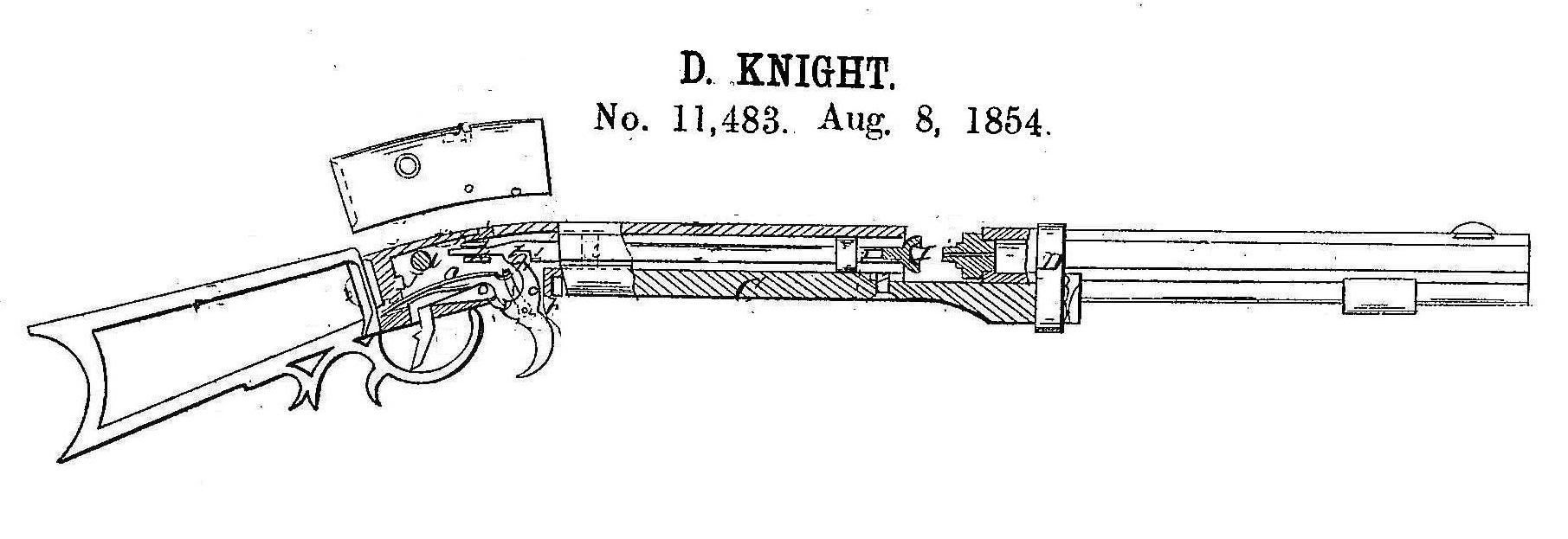Hi. :hatsoff:
On the one of the shooting forums I've recently found something strange (at least for me):


The only mark is "Billinghurst" on the scope. There is also a false muzzle to it.
Would it be possible that it is one of the first in-line rifles, made in XIX century?
Have you ever seen something like this?
(on the photo main spring is disconnected with the cock).
On the one of the shooting forums I've recently found something strange (at least for me):


The only mark is "Billinghurst" on the scope. There is also a false muzzle to it.
Would it be possible that it is one of the first in-line rifles, made in XIX century?
Have you ever seen something like this?
(on the photo main spring is disconnected with the cock).





